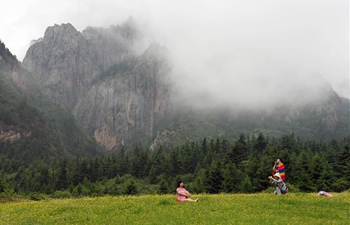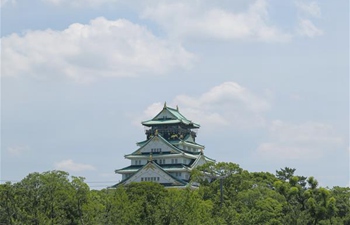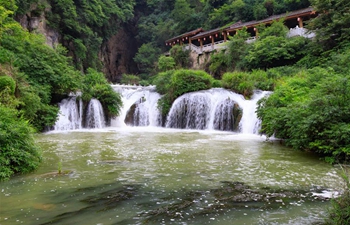BEIJING, June 27 (Xinhua) -- Dark-colored biological dust called cryoconite found on the surface of glaciers during the intensive melting season creates a large accumulation of atmospheric mercury deposition on the Qinghai-Tibet Plateau, researchers say.
The glacier surface biological dust is a granular aggregate, comprised of both mineral and biological material, and is known to accumulate atmospheric mercury contaminants, according to recent research published in the journal Environmental Science and Technology.
The researchers from the Institute of Tibetan Plateau Research, Chinese Academy of Sciences collected cryoconite samples from seven high-altitude glaciers to investigate the patterns of atmospheric mercury accumulation in the cryoconite of the Qinghai-Tibet Plateau.
The results showed that total atmospheric mercury concentrations in cryoconite were significant with relatively higher atmospheric mercury accumulation in the southern glaciers of the plateau, monsoon-influenced regions, than those in the northern glaciers, westerlies-influenced regions.
The atmospheric mercury concentrations in the northern glaciers decreased significantly with altitude, while those in the southern glaciers generally increased toward higher elevations, said the research paper.
The annual estimated amount of total mercury stored in cryoconite accounts for more than half of the mercury release amount from glacier melting.
The research demonstrated that glacier cryoconite could play an important role in atmospheric mercury storage and transformation, which may result in downstream effects on glacier-fed ecosystems under climate warming.
















